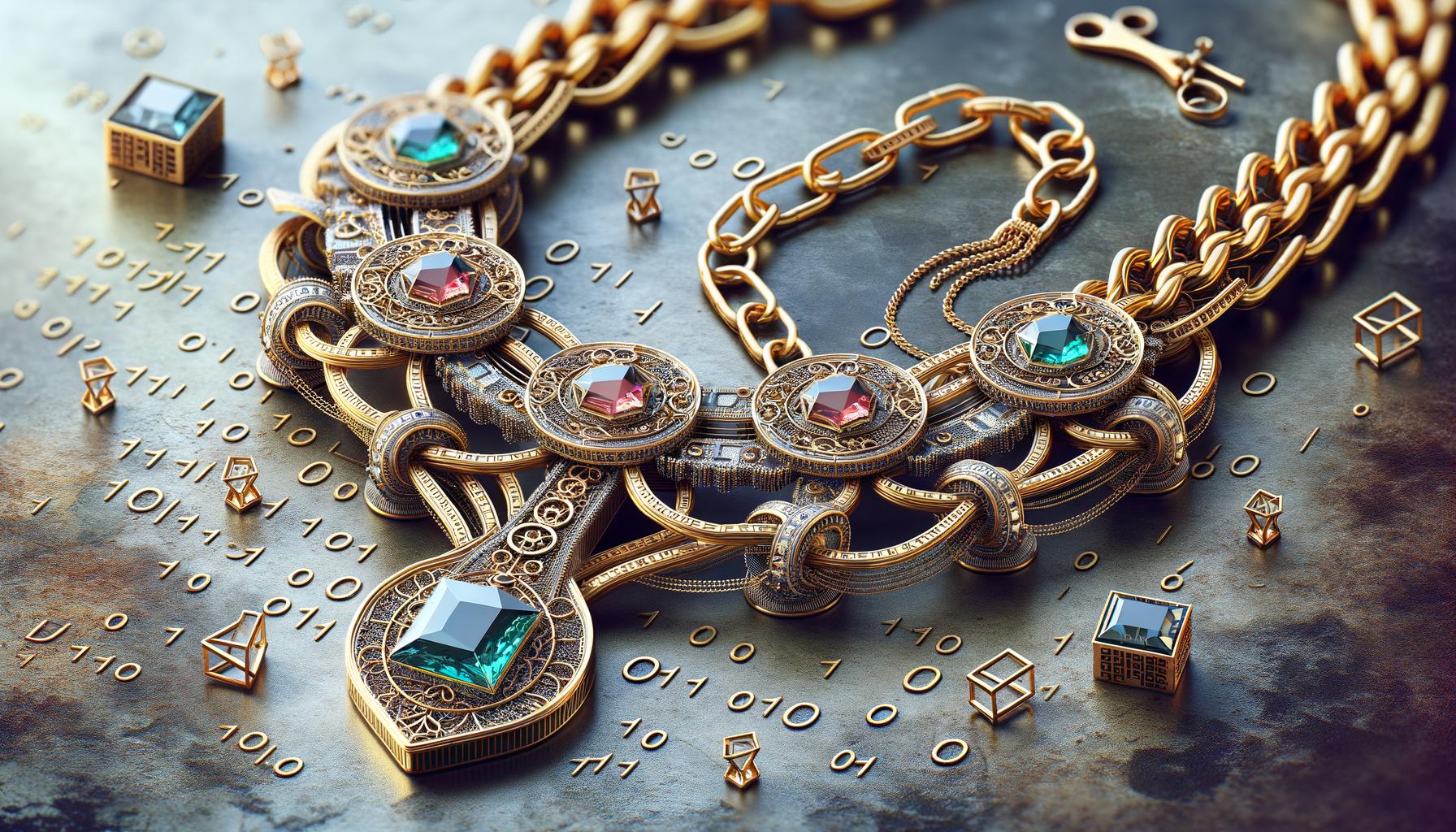Future Trends: The Growing Role of Blockchain in the Jewelry Sector
In recent years, the jewelry sector has dazzled consumers worldwide with its timeless allure and craftsmanship. However, beneath its polished exterior lies a complex array of challenges that affect authenticity, ethical sourcing, and transparency. As the demand for ethically sourced …


